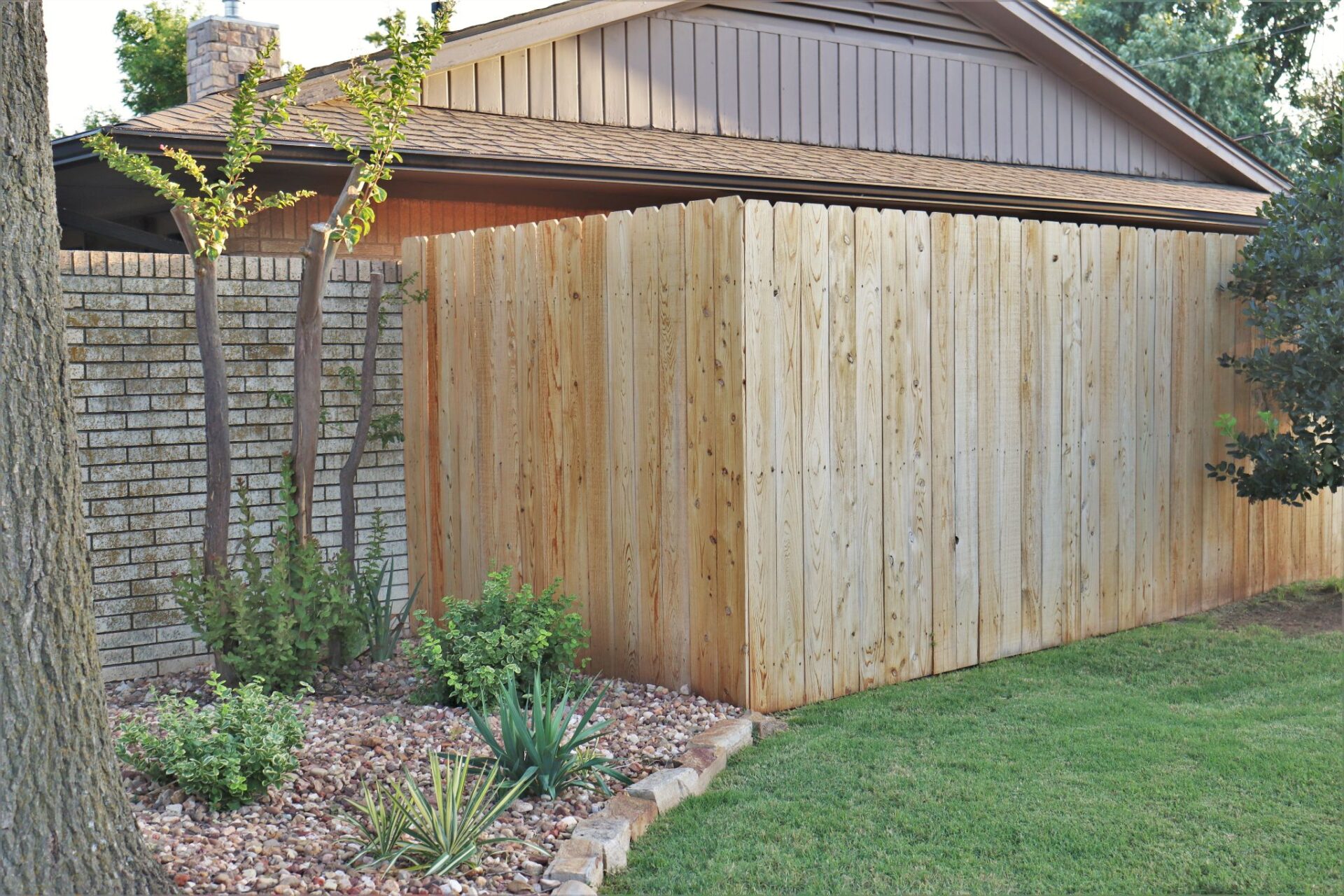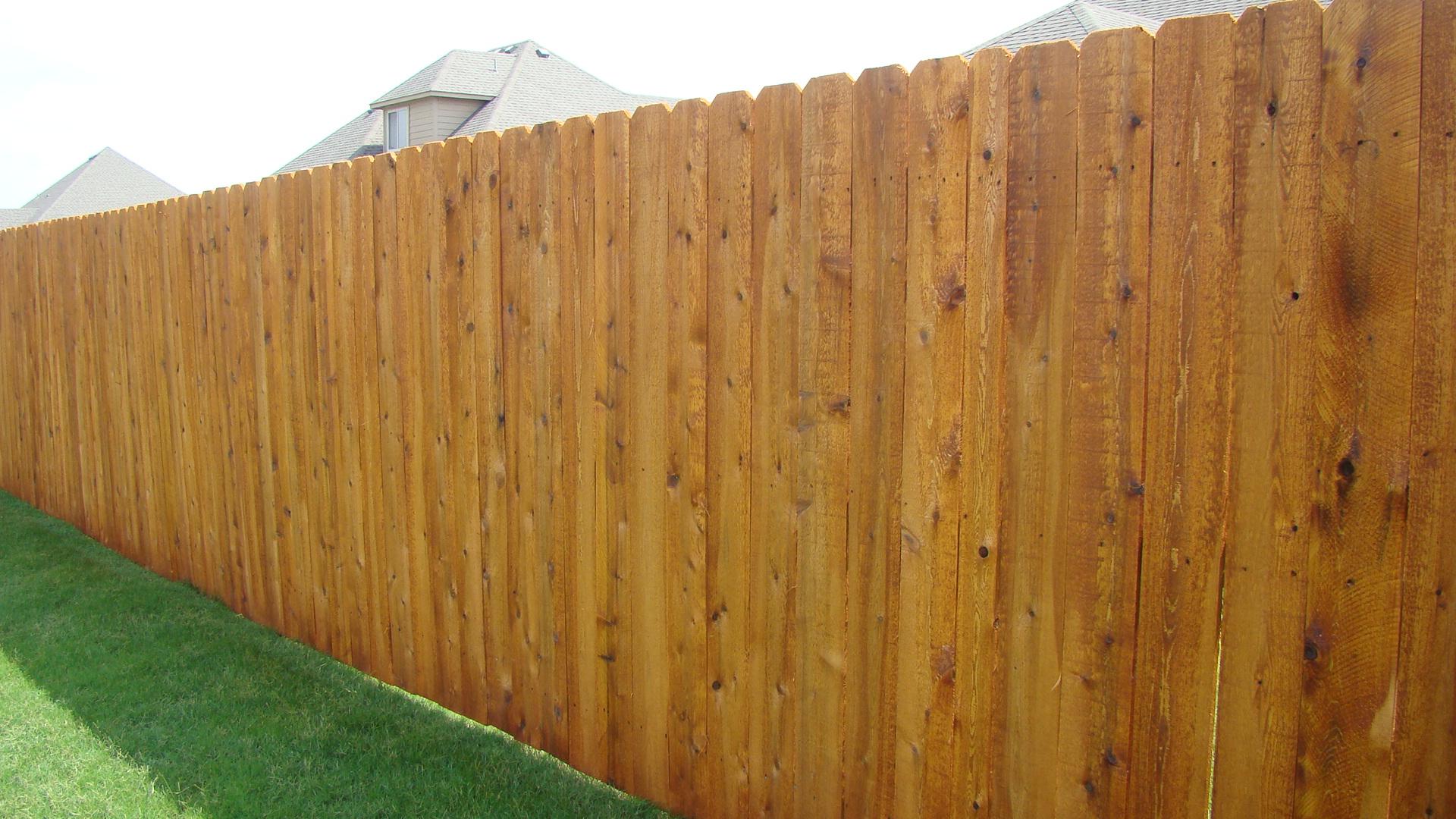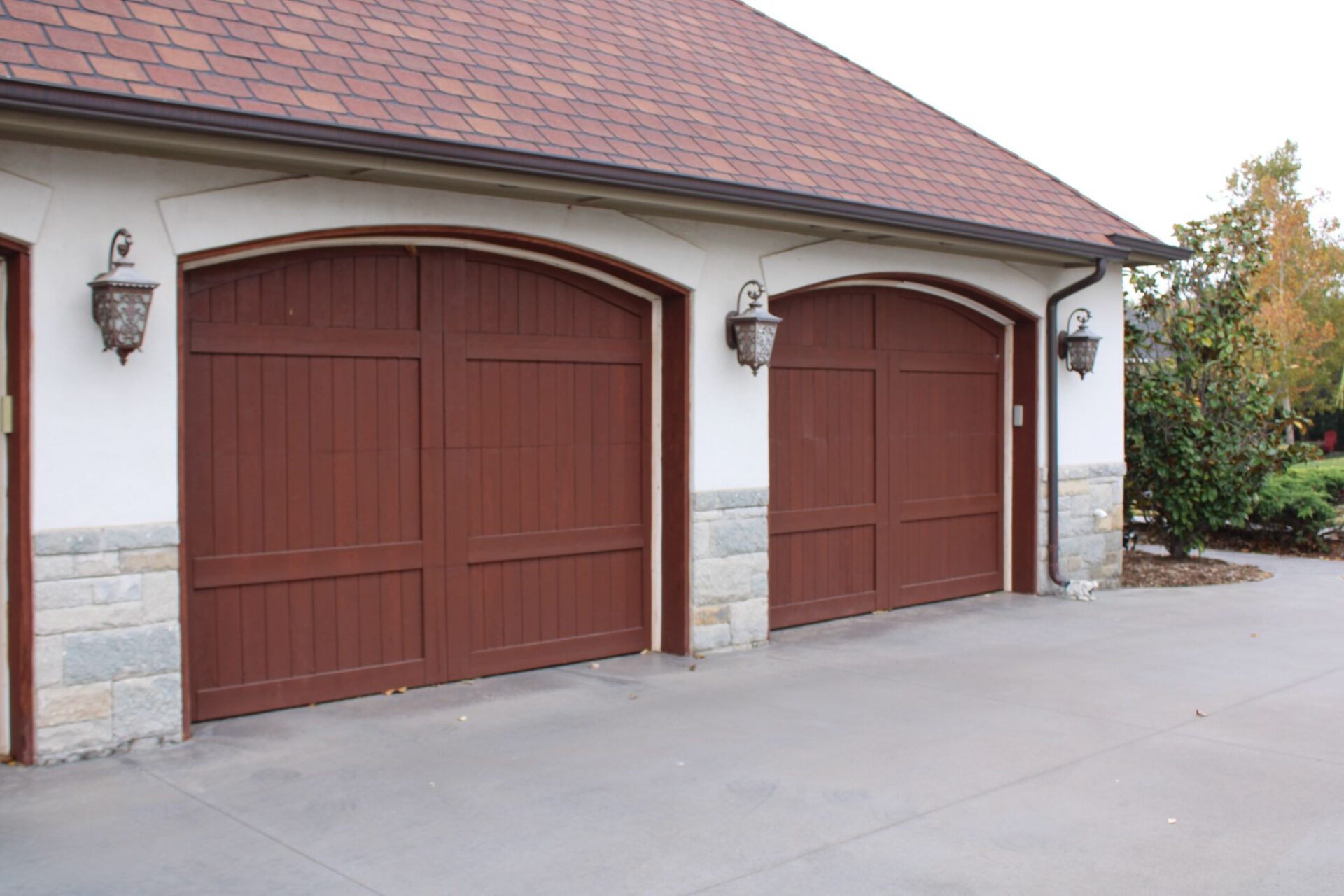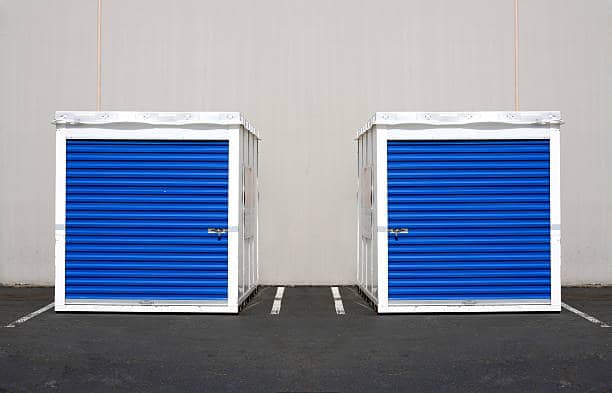Stain products are used on many exterior wood surfaces during construction. These include wooden fences, decks, siding, and trim. Just as important as choosing a stain color is choosing the level of transparency for the stain.
The level of transparency of a stain can vary drastically and affects the stain’s appearance and overall performance. Stain transparency is defined as the amount of wood grain that can be seen after the stain is applied.
There are definite benefits and drawbacks to differing levels of transparency, and no one solution works in every case. Understanding the characteristics of each level of transparency will help in making the right choice of stain.
This article will cover 4 commonly used terms that describe the level of transparency in a stain. Each manufacturer will have its own criteria for deciding which stain falls into which category.
It is best to become familiar with each manufacturer’s stains because there is no industry standard that neatly defines each category. The categories are clear, transparent, semi-transparent, and solid. They will be discussed starting with the most transparent option and ending with the least transparent.
Table of Contents
“Clear” Stain
The most transparent type of stains will be labeled as clear stains or will more likely be called “sealers.” While they are called clear, they will usually alter the color of the wood they are applied to.
Often a clear stain will result in a wet look on the wood. These stains are best used in situations where a very natural look is required. Because these stains have little or no pigment they do not tend to offer as much protection as the less transparent stains.
“Transparent” Stain
Many stains will be labeled as transparent. This means that they are lightly pigmented. There will still be a good portion of the wood grain visible through the finish. These stains are often preferable to the clear alternatives. They still offer a fairly natural look but the added pigments mean they will protect the wood better.
“Semi-transparent” Stain
A semi-transparent stain has a middle-of-the-road level of transparency. It will still allow the wood grain to show through and can be used to highlight wood accents. It will have a bolder color than the more transparent options. These stains make an excellent choice where the look of natural wood is still required but a longer-lasting product is needed.
“Solid” Stain
A solid stain will completely cover the wood. These stains will mimic paint in appearance. They work well when complete coverage of the wood with color is preferred.
These stains are often confused with paint but they are not identical. Solid stains are made to be applied directly to untreated wood. They will perform better over time in the kinds of applications usually reserved for stain like fences and decks.
While this type of stain is usually the longest lasting for the initial application, it can be more difficult to maintain over time. This is because solid stains tend to peel and must be sanded or stripped before a new coat is applied.
Stain Transparency and Longevity
The less transparent a stain is, the longer it will likely last before it needs to be recoated. This is because the less transparent stain will use more pigment than the more transparent kind.
The pigment will offer protection from UV rays that can break down the surface of the wood. The stronger pigments will resist fading over time and maintain the appearance of the wood.
Choosing a stain for older structures
If a stain is being used on older wood that has already experienced some weathering a less transparent option will often be best. As wood ages, it will often become discolored or damaged.
If the wood is exposed to hail or water from irrigation this can affect the wood in those areas. Decks may not experience even traffic on all parts leading to areas where the wood is more worn than others.
The stronger pigments in the more solid stain will cover up imperfections in the wood and give a more uniform look. Transparent stains used on older wood will allow discoloration or other imperfections to show through. This is why it is recommended to use a more solid type of stain on older wood structures.
Conclusion
While different manufacturers will vary in what they consider to be transparent stains, it is good to have a working knowledge of the basic categories of transparency. This will give a starting point to evaluate which stain will be the best option for a given application.








